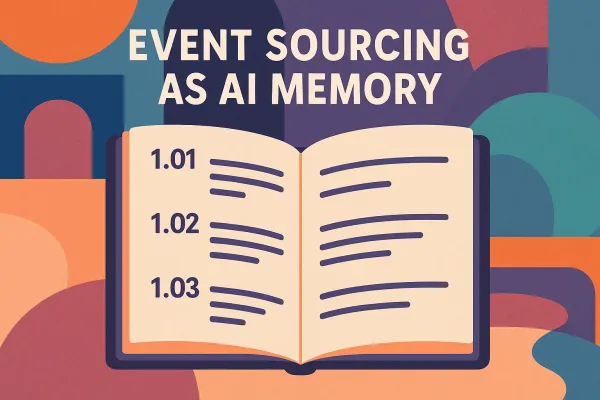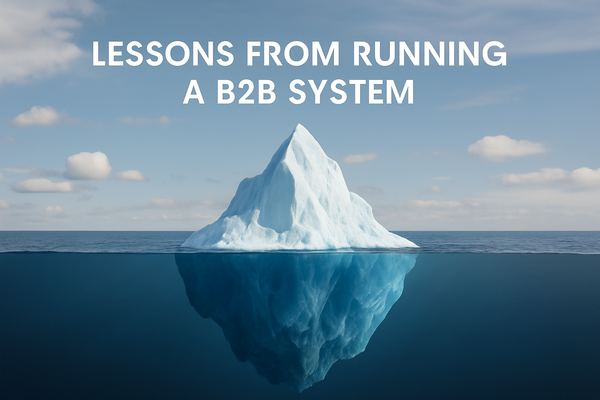Customer Data Platforms: Unifying Customer Insights

A Customer Data Platform (CDP) is a sophisticated software solution designed to create a unified, comprehensive view of each customer. By collecting and organizing data from various sources, CDPs enable businesses to enhance their understanding of customers, deliver personalized marketing, and improve overall customer experience.
Key Features of CDPs
- Multi-source data collection
- Identity resolution and customer profile creation
- Advanced data segmentation and analysis
- Seamless integration with marketing tools
- Real-time data updates and accessibility
Types of CDPs
Traditional CDPs
Traditional CDPs offer an all-in-one solution with pre-built features and integrations.
Characteristics:
- Pre-built connectors for data ingestion
- Built-in identity resolution
- Standard segmentation and analysis tools
- Basic reporting and visualization capabilities
Advantages:
- Streamlined implementation and management
- Consistent user interface across features
- Often more cost-effective for smaller businesses
Disadvantages:
- Limited customization options
- May include unnecessary features
- Potential vendor lock-in
Composable CDPs
Composable CDPs take a modular approach, allowing businesses to build custom solutions by integrating best-of-breed components from different vendors.
Characteristics:
- Core data management layer
- Flexible integration with specialized tools
- API-first architecture for easy connectivity
Advantages:
- Enhanced flexibility and customization
- Freedom to choose best-in-class components
- Scalability and adaptability to changing needs
Disadvantages:
- More complex implementation and management
- Potential integration challenges
- May require greater technical expertise
Emerging Hybrid Solutions
As the CDP market evolves, hybrid solutions are emerging, offering a balance between the simplicity of traditional CDPs and the flexibility of composable platforms.
Choosing the Right CDP
Selecting between traditional and composable CDPs depends on several factors:
- Business size and complexity
- Available technical resources
- Existing technology stack
- Specific business requirements
Larger enterprises with complex needs may benefit from the flexibility of composable CDPs, while smaller businesses might find traditional CDPs more suitable for their requirements.



